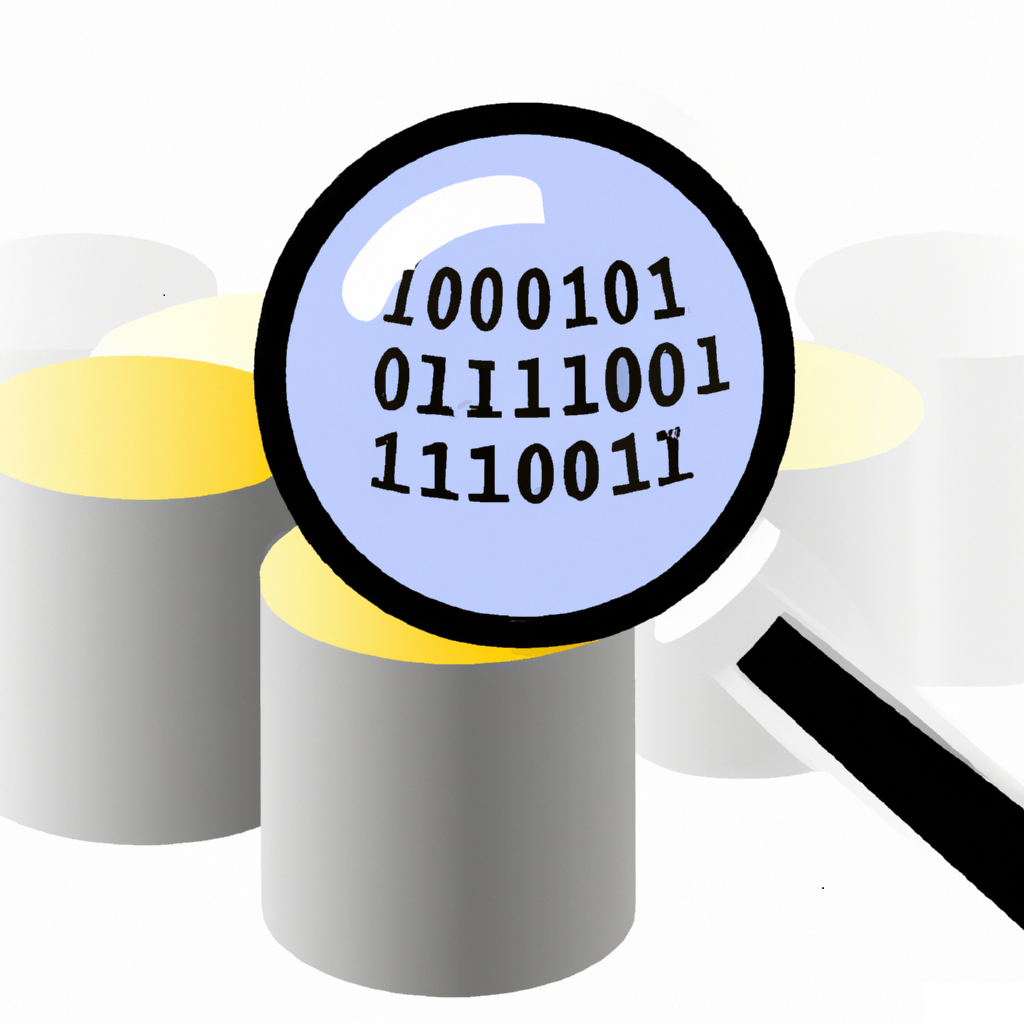What is Data Observability?

Data Observability helps to ensure the overall health, accuracy, reliability, and quality of data throughout its lifecycle within an organization's various IT systems. Just as application observability involves understanding the internal state of your systems by examining a system's output and metrics, data observability involves gaining insights into data pipelines, data quality, and data transformations by examining data input, output, various data-related metrics, and the metadata that describes your various data assets.
Key components of Data Observability include:
Data Discovery: Understanding a data's source, data availability, where it goes, and the transformations that occur as it moves from point to point.
Data Quality Measuring and Monitoring: Constantly checking the data for inconsistencies, redundancy, discrepancies, incompleteness, or other anomalies that can affect the value and success of the data-driven applications that use it, including Analytics, Business Intelligence, Artificial Intelligence, Machine Learning, Marketing, and CRM.
Data Lineage: Recording and tracing the journey of data through all stages of processing - from its origin, through its transformation and storage, to its final destinations. This helps in understanding a data asset's various dependencies.
Data Health Indicators: Metrics and logs that provide information about data age/freshness, data volumes, data quality exception rates, and the distribution of data assets.
Alerts and Notifications: Systems in place to alert when data falls outside of the range of defined parameters, allowing teams to proactively address data issues.
Anomaly Detection: Tools and practices for detecting when data deviates significantly from expected patterns or behaviors.
By implementing a framework or strategy of Data Observability, organizations can experience better, trusted data outcomes in everything that makes use of their various data assets. The organization will have a comprehensive understanding of its data quality and reliability, its sources, how it was processed, where it is being used, and whether it was processed correctly. This can lead to more reliable insights, better decision-making, more accurate and comprehensive data, and an overall more efficient data infrastructure.
AI Interactive Data Client: Request and Receive Structured Data of Any Kind on Any Subject.
More...
Github Code Examples
More...
Generate your own Datasets: Retrieve Customized, Real-World Data on Demand as Defined by You
More...
High-Performance Batch Processing: Call our APIs with Text Files as Input.
More...
Try our Pay-as-you-Go Option
More...
Available in the AWS Marketplace.
More...
Free Trial Usage Credits
Check out our full list of AI-powered APIs
More...
Documentation and Overview
More...
Product Newsletter
More...